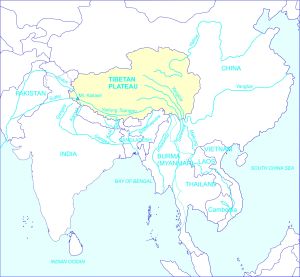Sanjeev Sharma
Dec 14 2014
Narendra Modi’s made it clear that the Planning Commission has to go. His predecessor had five years back sought recommendations on shaking up the panel, but these were left unattended. A new institution to replace the plan body is now in the works. There’s receptivity among CMs, with varied degrees of acceptability. What works out and what doesn’t remains to be seen.

Prime Minister Narendra Modi with Home Minister Rajnath Singh, Finance Minister Arun Jaitley and Chief Ministers during a meeting on the revamp of the Planning Commission in New Delhi on December 7.
It was in 2009 that Prime Minister Dr Manmohan Singh had alluded to the Planning Commission having outlived its utility and asked the members to consider changes to make it more relevant.
A year later, recalls Arun Maira, a member of the Planning Commission till recently, recommendations on the changes in the structure, role, functions and resources were given. The then Prime Minister and the then Deputy
Chairman of the Planning Commission, Montek Singh Ahluwalia, sat on these.
Just months into the job, as Narendra Modi stood up to deliver the Independence Day address, he announced his stand: the Planning Commission had to go, a new institution would take its place.
Maira says the changes recommended to Dr Singh are very similar to what Prime Minister Modi is attempting to do now. “It is not as if suddenly a dramatic idea has appeared. We consulted the stakeholders — states, ministries, private and civil society,” he adds. What’s changed is the urgency and firmness to get on with things.








 Russia's President Vladimir Putin shakes hands with French President François Hollande in Moscow December 6, 2014. (Photo: Alain Jocard/Courtesy Reuters)
Russia's President Vladimir Putin shakes hands with French President François Hollande in Moscow December 6, 2014. (Photo: Alain Jocard/Courtesy Reuters) 


